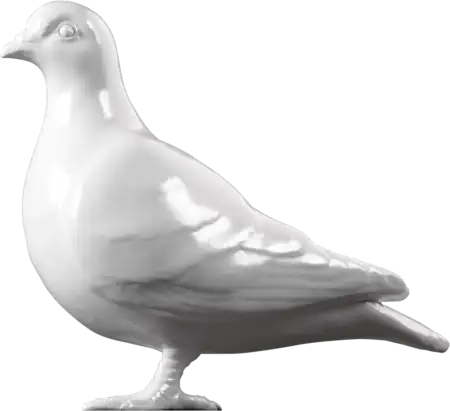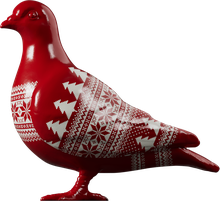Library — 1671-04-07; 17th century
A Proclamation Against New Buildings
Subsequent to the Proclamation Against New Buildings issued by Charles II on 7 April 1671, which forbad unlicensed building in 'Wind-Mill Fields, Dog-Fields, and the Fields adjoyning to So-hoe' and elsewhere, upon pain of destruction of such buildings and imprisonment of the offender, builders apparently desisted from their work. Yet within a few days Christopher Wren pointed out to the King that 'the leaving of houses in this manner halfe finished proves not only a great Dammage to the Owners but a much greater to poor Artisans working upon Contracts, And that the Obstructing of the waies with Scaffolds and Materialls, and the open houses being a receptacle for ill people in the night may prove a greater nuisance then the houses built after the worst manner could possibly prove if they were finished.' He therefore asked for authority to inspect the unfinished buildings and in suitable cases to permit their completion. For the future, he wished that no one should be allowed 'to build any house upon a new foundation' without licence. The outcome of Wren's representation is not entirely clear. When it was considered by the Privy Council on 26 April he was ordered to have workmen who contravened the proclamation imprisoned, and in May measures were taken, at the request of Lord Burlington, against building behind his new house, in Millfield (or Kirkham Field), Crabtree Park, Dog Fields and Windmill Fields. But in the same month Colonel Panton was licensed to complete his buildings on the east side of the Haymarket (outside the area discussed here), and at some other time in 1671 he and two builders were permitted to erect houses in the vicinity of (Great) Windmill Street and Queen (now Denman) Street. Unlicensed building was still proceeding in Windmill Fields, Dog Fields and fields adjoining Soho to accommodate 'noysome and offensive Trades' and 'meane and disorderly people', as Lord Burlington and Lord Cornbury complained in September. The builders were ordered to pull down by 1 November all the cottages, stables and coach houses erected since the proclamation of the previous April. One offender, Richard Bull, appears to have ignored these measures, for in May 1672 he was ordered before the Council and ultimately Wren was told to imprison his workmen if he proceeded with his building on the site of the west side of the modern Sackville Street. Within twelve months of its publication the furore caused by the proclamation of April 1671 appears to have subsided, and in December 1672 John Harrison, one of the builders in Dog Fields and Crabtree Field who were subjected to the Privy Council's prohibition in September 1671, was permitted to continue the building begun before the proclamation. By the 1690's the restrictive policy of the Crown towards new buildings had so far lapsed as to allow the lessees of Six Acre Close 'full and Free Licence and Authority . . . to erect and build . . . soe many houses or Edifices as they or any of them shall thinke fitt'. See, 'General Introduction', in Survey of London: Volumes 31 and 32, St James Westminster, Part 2, ed. F H W Sheppard (London, 1963), pp. 1-23.
- Category:
- Library
- Object ID:
- 42.39/13
- Object name:
- A Proclamation Against New Buildings
- Object type:
- Artist/Maker:
- Bill, John, Barker, Christopher
- Related people:
- Related events:
- Related places:
- Production date:
- 1671-04-07; 17th century
- Material:
paper, ink
- Measurements/duration:
- H 364 mm, W 295 mm (overall)
- Part of:
- —
- On display:
- —
- Record quality:
- 20%
- Part of this object:
- —
- Owner Status & Credit:
Permanent collection

